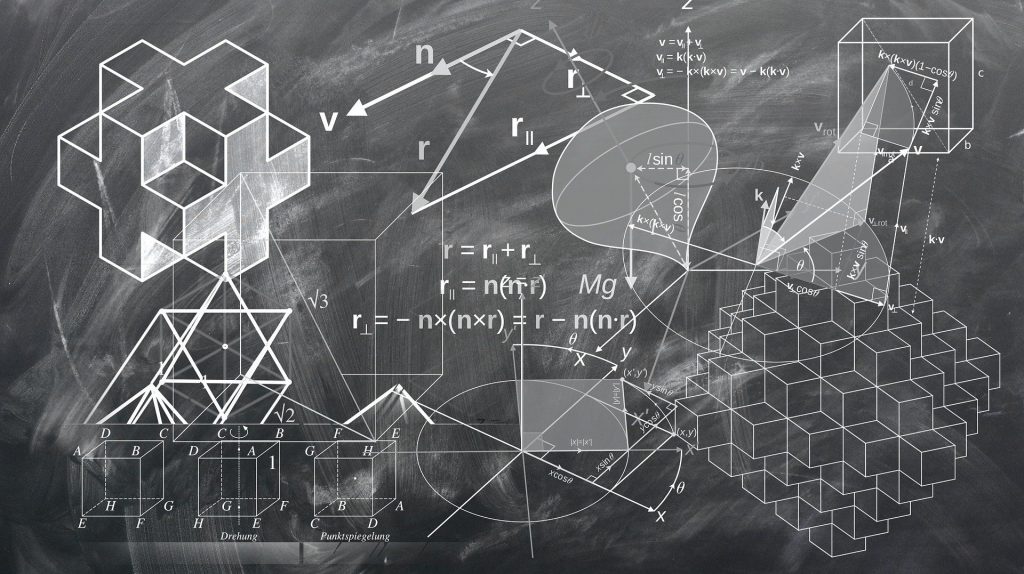
When doing homework, maths is the most common subject that students have difficulty with. Math is the subject that is searched the most on the internet.
Reputed homework assignment services like Homeworkmarket even have dedicated categories to connect students struggling with math with tutors from around the globe. Homeworkmarket’s categories even include subcategories like calculus, algebra, and trigonometry to help students find specific help.
This is because students have trouble calculating and get scared of the same. Vedic maths is a way of calculating maths that is shorter and often easier to do. It is a faster way of doing maths and allows students to be more accurate in their calculations. This way of maths was discovered in the 1900s and is an efficient and refined system to compute maths problems.
Vedic maths is an excellent introduction to children about how maths works beyond their syllabus. It can be a great way to introduce students to high-level maths, the theory of numbers, algebra, and even calculus. The drawback of Vedic maths is that it doesn’t help students with foundational conception and ideas. However, if accuracy is your goal, Vedic maths is hard to beat.
Why should I know Vedic maths?
If you have ever struggled with computing numbers, you should know about Vedic maths. It is excellent for students who struggle to memorize maths information like multiplication tables and equations. If you’re a student who has had one too many marks deducted because of incorrect calculations, Vedic maths is precisely what you are looking for to improve your grade.
Vedic Maths Tricks
Double-Digit Number Multiplication
This is quite a famous trick and is seen in many viral educational videos. This trick works with any double-digit number between 11 and 19. Let us take 11 and 19 as our example.
For our first step, we will add the number in the unit position of the smaller number with the larger number. For our example, this means we will add 1 to 19, which makes 20.
Next, we will multiply the number we get by 10. For our example, we will multiple 20 by 10, which gives us 200.
Then, we will multiply both the numbers unit digits. This means we will multiply 1 by 9, which gives us 9.
Then, we will need to add the two numbers we got in the last two steps. For our example, we will add 9 and 200. This gives us 209, which is the correct answer when you multiply 11 by 19.
Triple-Digit Number Multiplication
While the previous trick is useful, it is still limited to numbers between 11 and 19. Besides, students are often confronted with triple-digit number calculations, where it is much easier to make mistakes. That is where this trick comes in. It is a way to multiply any triple-digit number faster and with more accuracy.
Here, we take any two numbers. Let us take 263 and 897 for our example. Write these numbers vertically on top of each other, just like it is taught in school. For our first step, we will multiple the leftmost numbers together. In our example, these are 2 and 8, so we get 16. This is the start of our answer.
Next, you will cross multiply the top left number with the bottom middle number and the bottom left number with the top middle number. For our example, we will get 2 x 9, which equals 18, and 8 x 6, which equals 48. Adding these, we get 66. In our second answer slot thus, we get 66.
Next, we have to do vertical and crosswise multiplication. Here, we multiple the first top number with the bottom end number, multiplication of the middle numbers, and multiplication of the top end number with the bottom first number. From our example, this means we multiply 2 and 7, 6 and 9, and 3 and 7. These equal to 14, 54, and 21. We have to add these, getting 89 as the answer to our third answer slot.
Four out second last step, we have to cross multiply the last two digits of the numbers with the middle numbers. For our example, we multiply 6 and 7, and 3 and 9, and add the results. This leaves us with 42 and 27, which add up to 69. This goes in our fourth answer slot.
Finally, for our last step, we multiple the unit place digits in our numbers. For our example, we multiple 3 and 7, which gives us 21 in our fifth and last number slot. However, the answer cannot be 16668969. So what do you do?
Remember that these are 5 answer slots. So your answer looks like this:
16 | 66 | 89 | 69 | 21
The rule is that except for the leftmost slot, no other answer slots can have more than a single digit. So we carry over the extra number from the right and add it to the previous slot. Thus, we carry a 6 from 66 and add it to 16 and so on till we arrive at the final answer 235,911.



